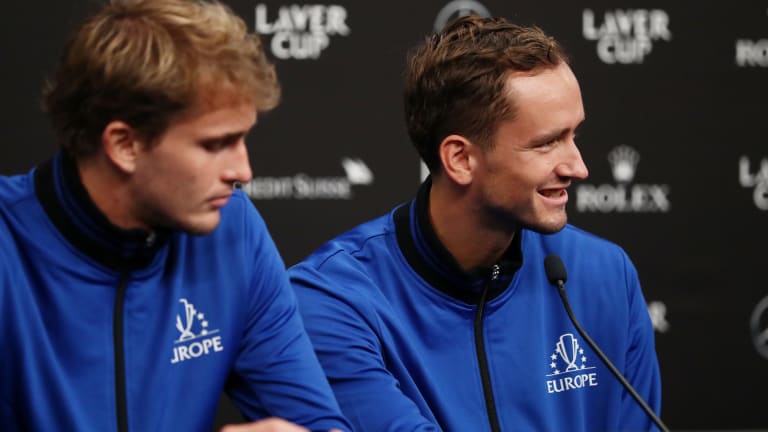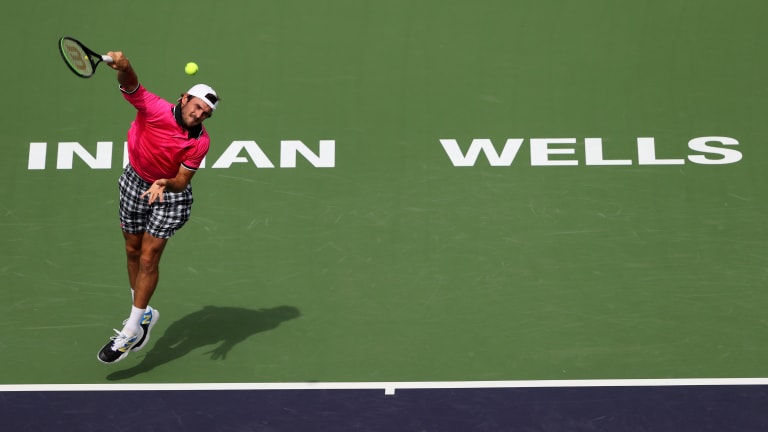Indian Wells, USA
This Indian Wells tournament is looking like a genuine pivot point for men’s tennis
By Oct 14, 2021Indian Wells, USA
Mackenzie McDonald is paying the college tennis experience forward with a new fund
By Mar 17, 2025Indian Wells, USA
Mirra Andreeva and Jack Draper win breakthrough titles at Indian Wells: What did we just witness?
By Mar 17, 2025Indian Wells, USA
Jack Draper's run through Indian Wells concludes with his first ATP Masters 1000 title
By Mar 16, 2025Indian Wells, USA
Holger Rune vs. Jack Draper: Where to Watch, Indian Wells Preview, Betting Odds
By Mar 16, 2025Indian Wells, USA
Holger Rune reaches first Indian Wells final over Daniil Medvedev
By Mar 15, 2025Indian Wells, USA
Mirra Andreeva vs. Aryna Sabalenka: Where to Watch, Indian Wells Preview, Betting Odds
By Mar 15, 2025Indian Wells, USA
Mirra Andreeva, 17, advances to Indian Wells final, beating Iga Swiatek in chilly conditions
By Mar 15, 2025Indian Wells, USA
Ruthless Aryna Sabalenka storms past Madison Keys, 6-0, 6-1, in semifinals of Indian Wells
By Mar 15, 2025Indian Wells, USA
Carlos Alcaraz vs. Jack Draper: Where to Watch, Indian Wells Preview, Betting Odds
By Mar 15, 2025This Indian Wells tournament is looking like a genuine pivot point for men’s tennis
“It’s like going from 100 m.p.h. to zero with those three out,” says Hubert Hurkacz’s coach Craig Boynton, about the absence of Roger Federer, Rafael Nadal and Novak Djokovic.
Published Oct 14, 2021
Advertising
Advertising
Advertising

Alexander Zverev and Daniil Medvedev have enjoyed breakthrough seasons and appear to be the successors to the Big Three. To what degree that success amounts to is a different story.
© Getty Images for Laver Cup
Advertising

Tommy Paul was one of many men that reached the fourth round of Indian Wells without a significant title to his name.
© Getty Images